Ask AI on The Internet
Question: Examine the economic systems of pre-colonial African societies, and discuss how they contributed to the overall stability and development of these societies. Mostly focusing on Agriculture, with references and citations
Examining the economic systems of pre-colonial African societies, particularly focusing on agriculture, reveals a complex and adaptive framework that significantly contributed to the stability and development of these communities. Agriculture was a cornerstone of economic activity and played a critical role in sustaining societies, fostering trade, and maintaining social structures. ### Agricultural Practices and Their Contributions 1. **Subsistence Agriculture**: Many African societies employed subsistence farming, characterized by households growing food primarily for their own consumption. This ensured a measure of food security and resilience, as communities were largely self-sufficient. In regions such as the Sahel and savannas, crops like millet, sorghum, and maize were staple foods, adaptable to a variety of climatic conditions (Boserup, 1965). 2. **Crop Diversity and Intercropping**: Diverse cropping systems were common. Intercropping (growing multiple crops in proximity) and crop rotation helped maintain soil fertility and reduce the risk of crop failure. This was particularly important in regions with unpredictable rainfall patterns. For instance, beans were often intercropped with maize to fix nitrogen in the soil and improve yields (Netting, 1993). 3. **Terrace Farming**: In the highlands of East Africa, such as in Ethiopia and Rwanda, terrace farming was practiced to combat soil erosion and manage water efficiently. This innovation allowed agriculture to thrive in otherwise challenging topographies (Widgren, 2004). 4. **Irrigation Techniques**: The introduction and development of irrigation in arid and semi-arid regions allowed for the cultivation of crops throughout the year. The use of simple irrigation systems, like shaduf and furrow irrigation, enabled communities to maximize agricultural output (Adams, 1993). ### Social and Economic Implications 1. **Trade and Exchange**: Agricultural surplus facilitated trade both within and between regions. Markets for agricultural goods allowed for the exchange of staple crops, livestock, and other products, which helped to integrate different communities and foster economic interdependence. The Trans-Saharan trade, for example, included significant agricultural trade components, from the savannahs to the Maghrib (Iliffe, 2007). 2. **Labor Organization and Community Cooperation**: Agricultural activities often required collective labor practices, such as communal farming and shared work parties. This fostered a sense of community and mutual assistance, which was crucial for social cohesion. In many societies, such as those in the Igbo region of Nigeria, cooperative labor systems were essential for tasks like planting and harvesting (Meillassoux, 1973). 3. **Land Tenure Systems**: Varied land tenure systems existed across Africa, from communal ownership to more individually oriented systems. These arrangements often reflected and reinforced social hierarchies and kinship ties, providing frameworks within which people could access land and resources. In some West African societies, land was owned collectively by extended families or clans, and usage rights were allocated according to need and social status (Goody, 1980). ### Stability and Sustainability 1. **Adaptive Strategies**: Pre-colonial African agricultural systems were highly adaptive to climatic and environmental changes. This adaptability was key to their sustainability. Techniques such as shifting cultivation and fallowing allowed the land to recover and maintained ecological balance (Richards, 1985). 2. **Biodiversity and Ecological Knowledge**: Extensive knowledge of local flora and fauna underpinned agricultural practices, fostering biodiversity conservation. This local ecological knowledge ensured that communities could make the most of their environments without over-exploiting them (Fairhead & Leach, 1996). ### References and Citations - Adams, W. M. (1993). *Indigenous use of wetlands and sustainable development in West Africa*. The Geographical Journal, 159(2), 209-218. - Boserup, E. (1965). *The Conditions of Agricultural Growth: The Economics of Agrarian Change under Population Pressure*. Routledge. - Fairhead, J., & Leach, M. (1996). *Misreading the African Landscape: Society and Ecology in a Forest-Savanna Mosaic*. Cambridge University Press. - Goody, J. (1980). *Technology, Tradition, and the State in Africa*. Cambridge University Press. - Iliffe, J. (2007). *Africans: The History of a Continent*. Cambridge University Press. - Meillassoux, C. (1973). *The Development of Indigenous Trade and Markets in West Africa*. Oxford University Press. - Netting, R. M. (1993). *Smallholders, Householders: Farm Families and the Ecology of Intensive, Sustainable Agriculture*. Stanford University Press. - Richards, P. (1985). *Indigenous Agricultural Revolution: Ecology and Food Production in West Africa*. Hutchinson. - Widgren, M. (2004). *Towards a historical ecology of farming societies in southern Africa*. Environment and History, 10(3), 317-338. These agricultural practices and the socio-economic structures they supported were fundamental in ensuring the stability and development of pre-colonial African societies. By relying on diverse and sustainable farming methods, these communities were able to thrive and adapt to changing environmental and social conditions.
Think your answer is better than the AI's? Post it below.
Question Tags
If you want your question answered by an AI, click here.
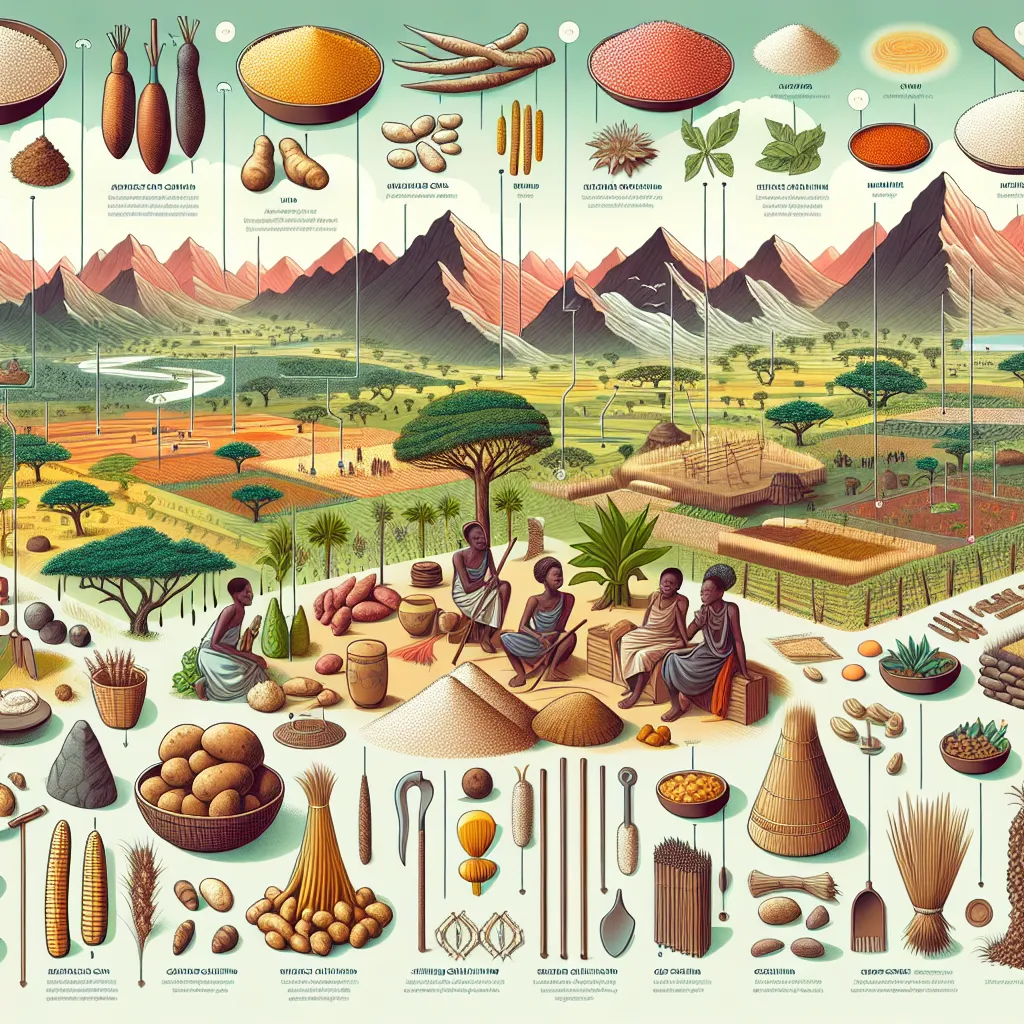

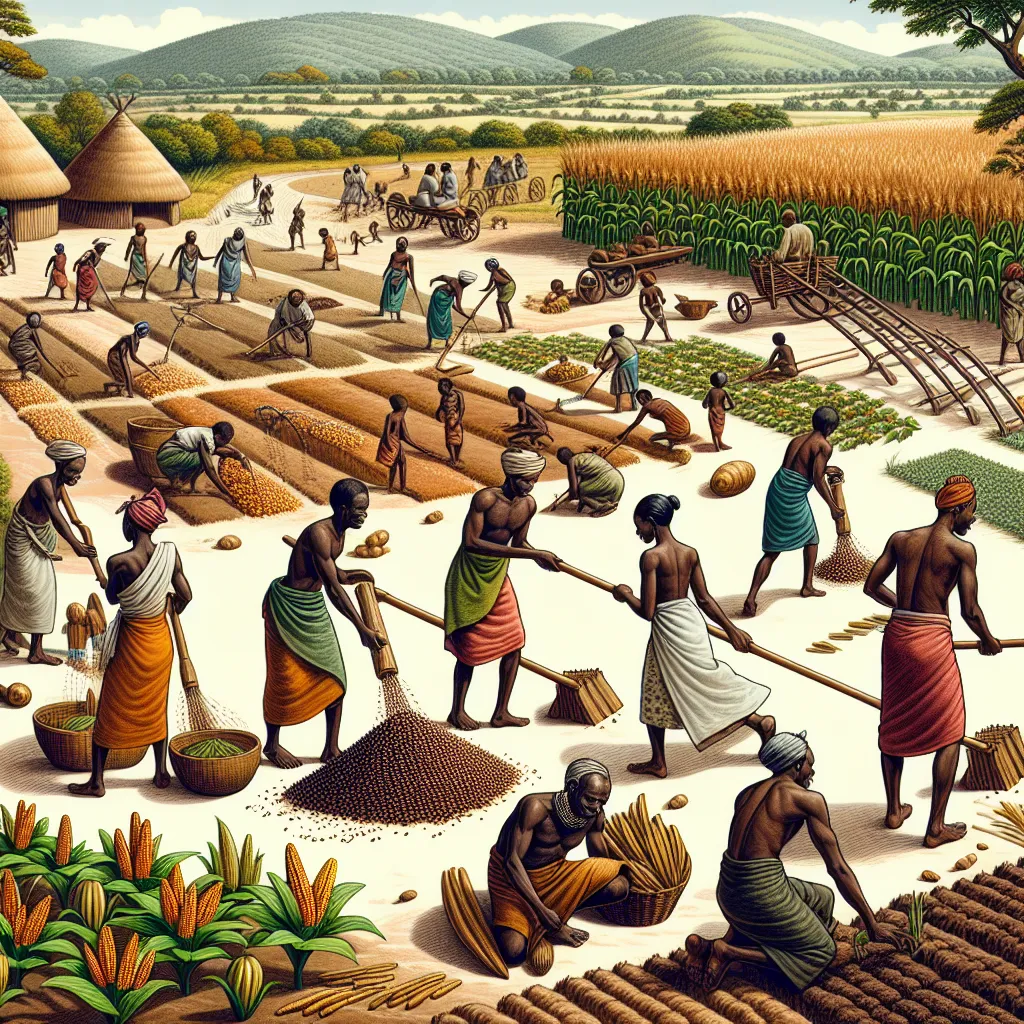
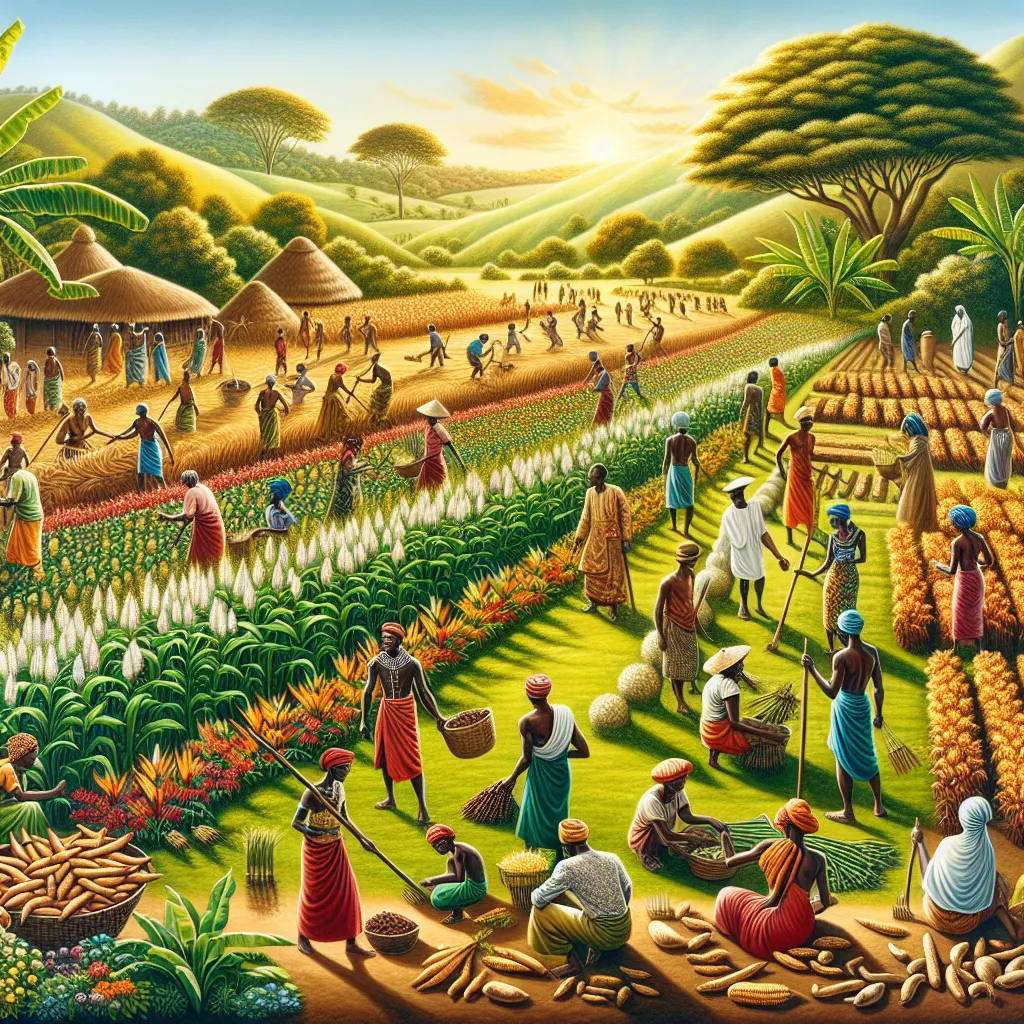

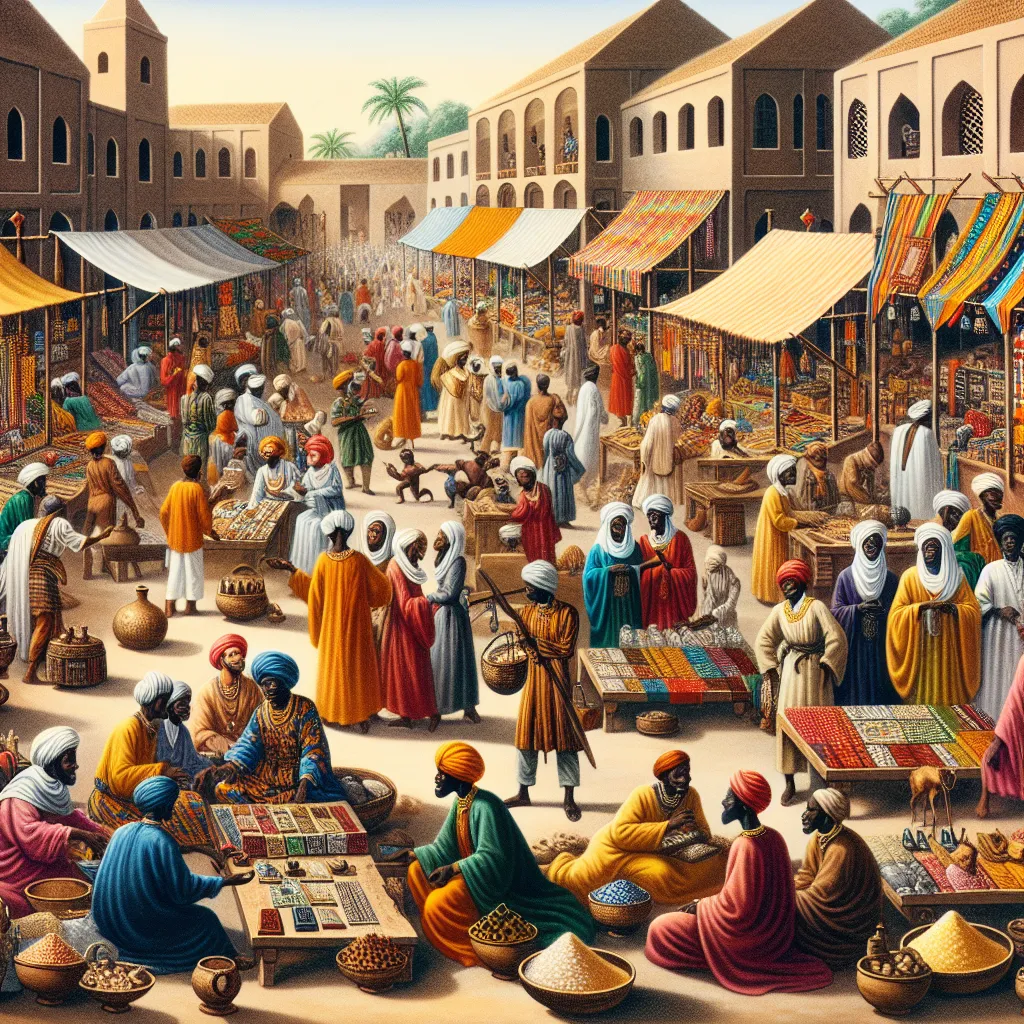
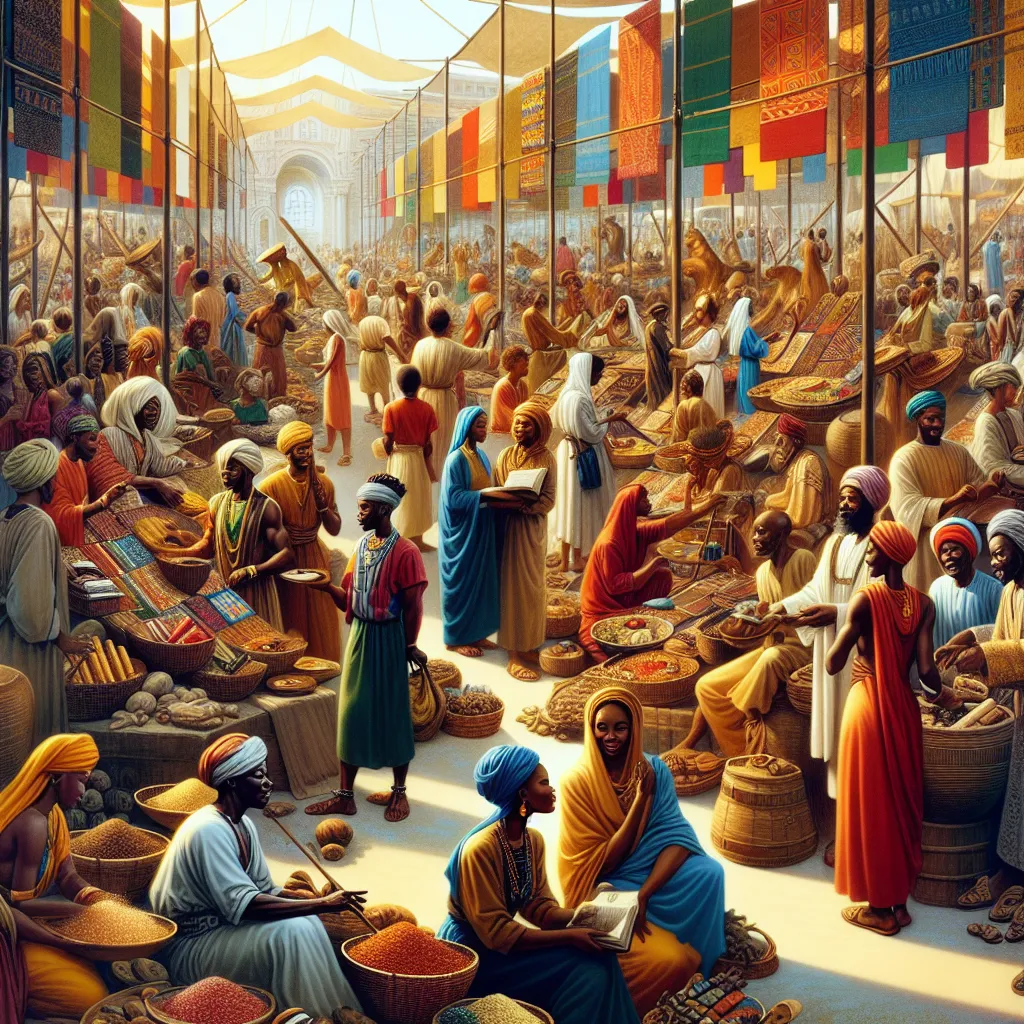
Post your own comment: